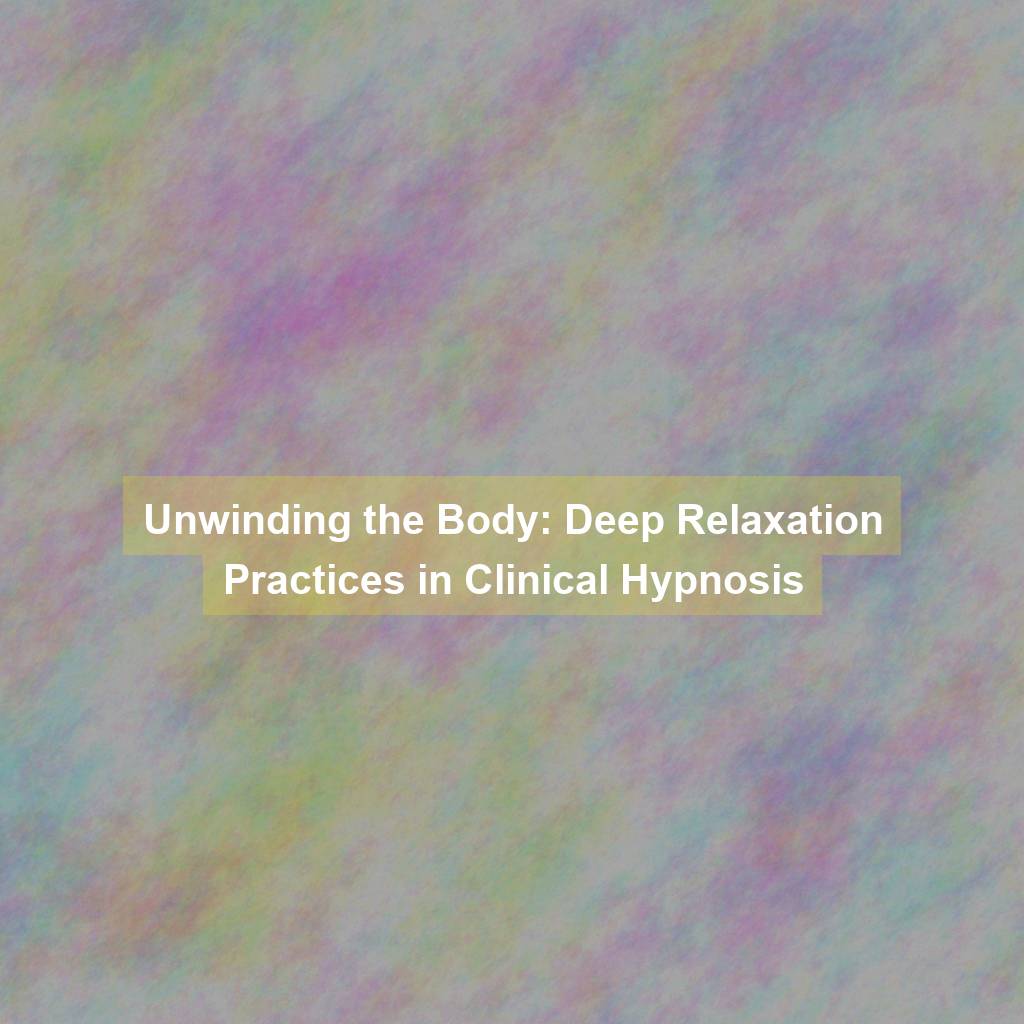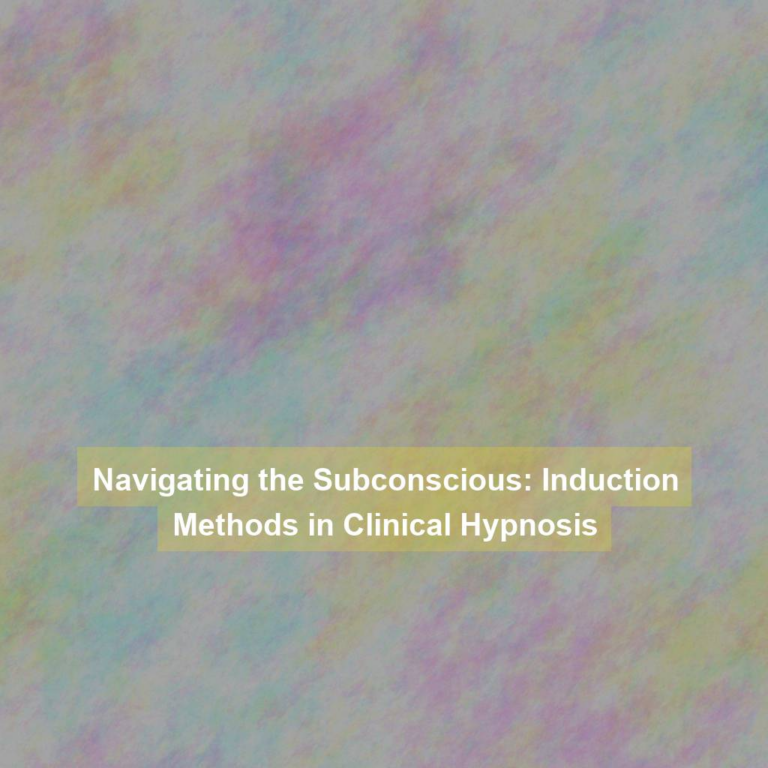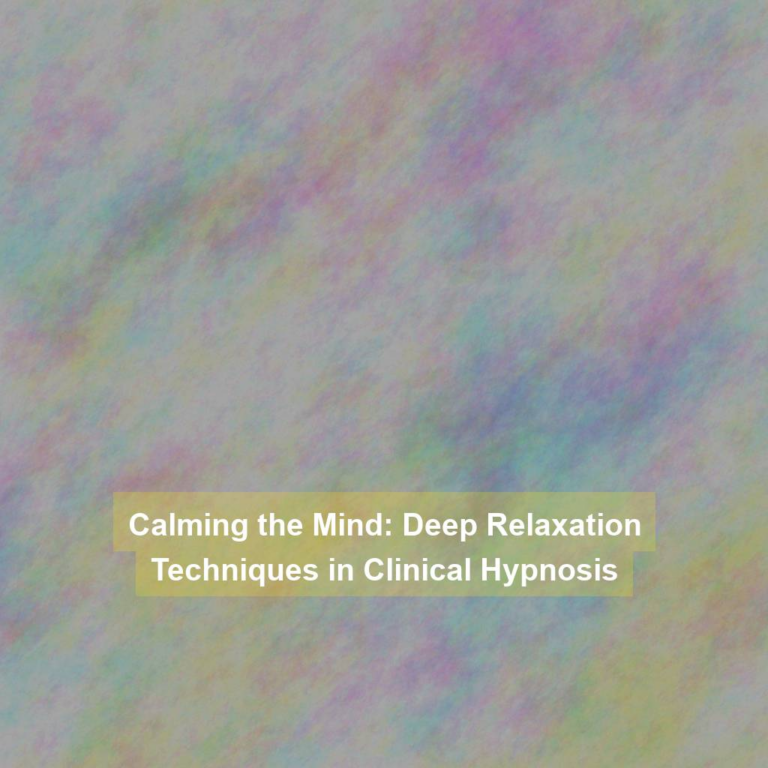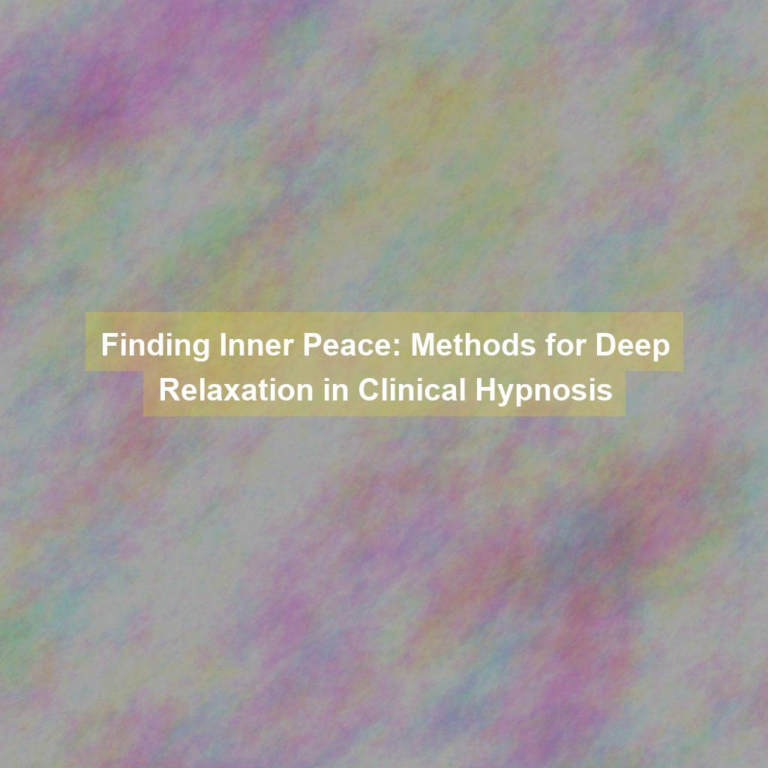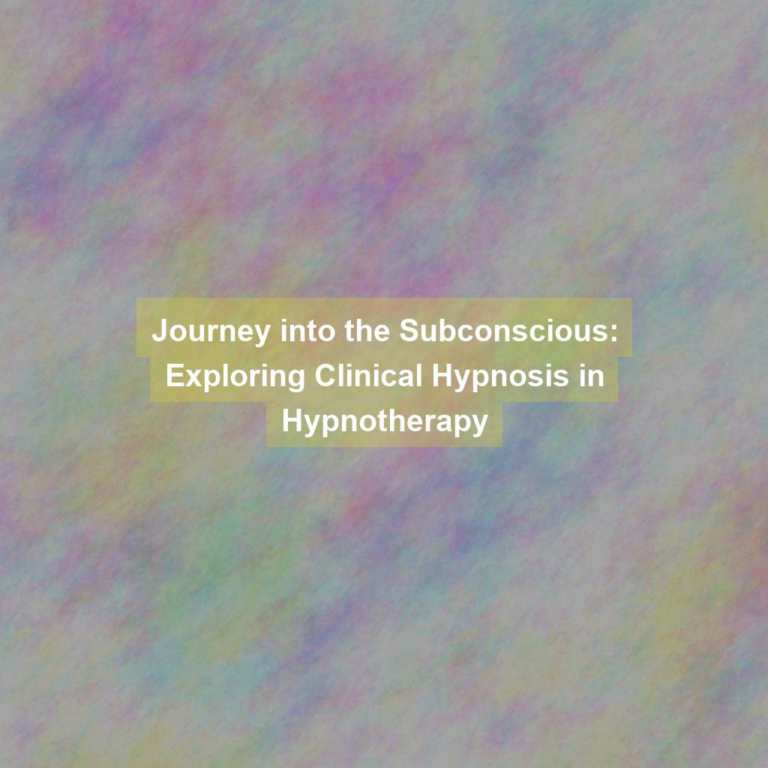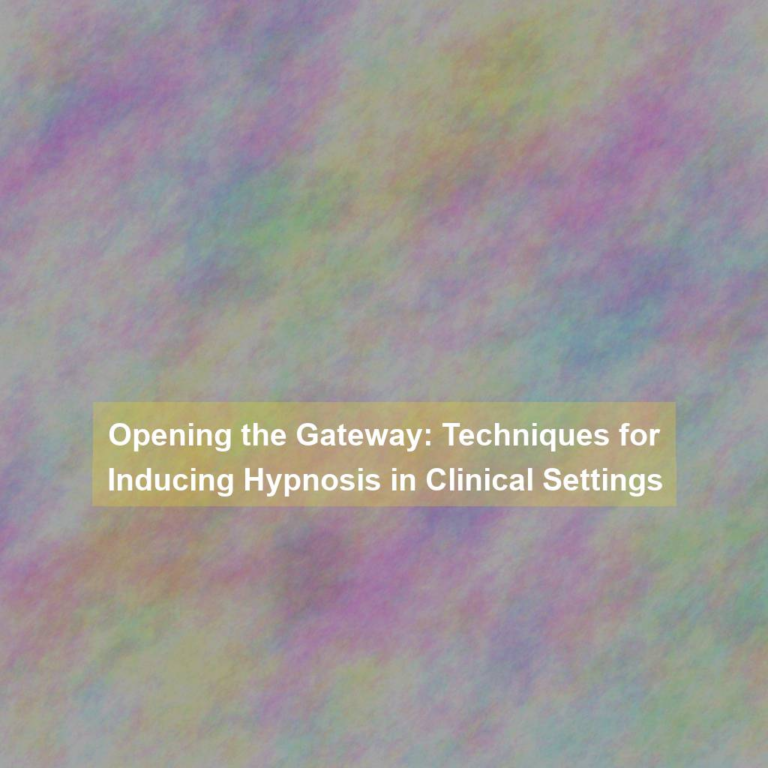Imagine your body as a tightly wound ball of yarn. Each day, the stress, tension, and demands of life twist the threads tighter and tighter. Now, picture the relief and lightness that comes from unraveling that ball, one smooth pull at a time.
Clinical hypnosis offers a pathway to unwind the knots of tension in your body, allowing you to experience a profound sense of relaxation and release. But how exactly does this process work, and what benefits can it offer?
Let’s explore the science and techniques behind deep relaxation practices in clinical hypnosis, and discover how they can be integrated into both clinical settings and everyday life.
The Science of Relaxation
To truly understand the benefits of deep relaxation practices in clinical hypnosis, it’s essential to delve into the science behind relaxation. When you engage in deep relaxation, your body and mind undergo physiological changes. Your heart rate slows down, your blood pressure decreases, and your muscles relax. This isn’t just a feeling; it’s a measurable state of being.
Through techniques such as progressive muscle relaxation and deep breathing, you can activate your body’s parasympathetic nervous system, which is responsible for the ‘rest and digest’ response. This leads to a decrease in the production of stress hormones like cortisol and adrenaline, and an increase in the production of feel-good neurotransmitters like serotonin and dopamine. As a result, your body experiences a state of deep calm and rejuvenation.
Furthermore, research has shown that regular deep relaxation practices can have long-term benefits for your overall health, including reducing the risk of heart disease, improving immune function, and enhancing mental well-being. Understanding the science behind relaxation can help you appreciate the profound impact it can have on your mind and body.
Techniques for Inducing Deep Relaxation
You can induce deep relaxation through various techniques that engage both your mind and body. One effective method is progressive muscle relaxation, where you systematically tense and then release different muscle groups. This process helps release physical tension and promotes overall relaxation.
Another approach is deep breathing exercises, focusing on slow, deep breaths to calm the mind and relax the body. Visualization techniques involve mentally picturing a peaceful scene or imagining tension leaving your body with each breath, promoting deep relaxation.
Guided imagery, where a practitioner verbally guides you through a relaxing scenario, can also induce profound relaxation. Additionally, autogenic training, a self-relaxation technique, involves repeating phrases related to warmth and heaviness to ease your body into a state of deep relaxation.
Mindfulness meditation, which emphasizes being present in the moment without judgment, is another powerful tool for inducing deep relaxation. These techniques can be used individually or combined to create a personalized deep relaxation practice that suits your needs.
Applications in Clinical Settings
Utilizing deep relaxation practices in clinical settings can significantly benefit patients by reducing stress and promoting overall well-being. In a clinical setting, deep relaxation techniques such as progressive muscle relaxation and guided imagery can be employed to help individuals manage a variety of health concerns. For instance, patients suffering from chronic pain can experience relief through hypnosis-induced relaxation, which has been shown to reduce the perception of pain.
Additionally, deep relaxation practices can aid in alleviating symptoms of anxiety and depression, offering patients a non-invasive and drug-free approach to improving their mental health.
Furthermore, these techniques can also be utilized to enhance the effectiveness of other medical interventions. For example, deep relaxation in clinical hypnosis can complement traditional medical treatments by helping patients better cope with the side effects of medication or medical procedures. By integrating deep relaxation practices into clinical care, healthcare providers can offer patients a holistic approach to healing that addresses both the physical and psychological aspects of their well-being.
Benefits of Deep Relaxation in Hypnotherapy
As you explore the benefits of deep relaxation in hypnotherapy, you’ll find that its application in clinical settings not only reduces stress and promotes overall well-being, but also offers a non-invasive and drug-free approach to managing health concerns.
Deep relaxation techniques used in hypnotherapy can have a profound impact on your physical and mental health. By inducing a state of deep relaxation, hypnotherapy can help alleviate symptoms of anxiety, depression, and chronic pain. It can also improve sleep quality, boost immune function, and enhance overall resilience to stress.
Furthermore, deep relaxation in hypnotherapy can aid in lowering blood pressure, reducing muscle tension, and improving cardiovascular health. This non-invasive approach is particularly beneficial for individuals who may not be suitable candidates for pharmaceutical interventions or who prefer natural, holistic methods of treatment.
Integrating Relaxation Practices in Daily Life
To incorporate relaxation practices into your daily life, set aside dedicated time each day for deep breathing exercises or meditation. Even just 10-15 minutes can make a significant difference in your overall sense of well-being.
Find a quiet, comfortable space where you can sit or lie down without being disturbed. Close your eyes and focus on taking slow, deep breaths, allowing your abdomen to rise and fall with each inhale and exhale. As you breathe, let go of any tension or stress in your body and mind.
If you choose to practice meditation, you can use techniques such as mindfulness or guided imagery to further enhance relaxation. Additionally, consider integrating relaxation into your daily routine by taking short breaks to stretch and breathe deeply, especially during times of high stress or intense focus.
Over time, these practices can become an integral part of your day, helping you manage stress, improve focus, and cultivate a greater sense of calm and balance.
Conclusion
So, now you know the science behind deep relaxation and how to induce it in clinical hypnosis.
You’ve learned about the benefits of deep relaxation in hypnotherapy and how to integrate these practices into your daily life.
With these techniques, you can unwind your body and achieve a state of profound relaxation, bringing about positive changes in your physical and mental well-being.
Start incorporating these practices into your life and experience the transformative power of deep relaxation.

